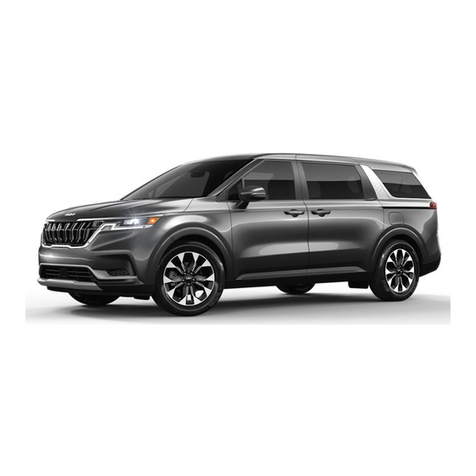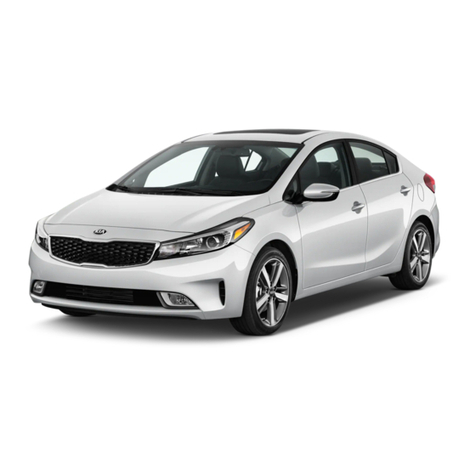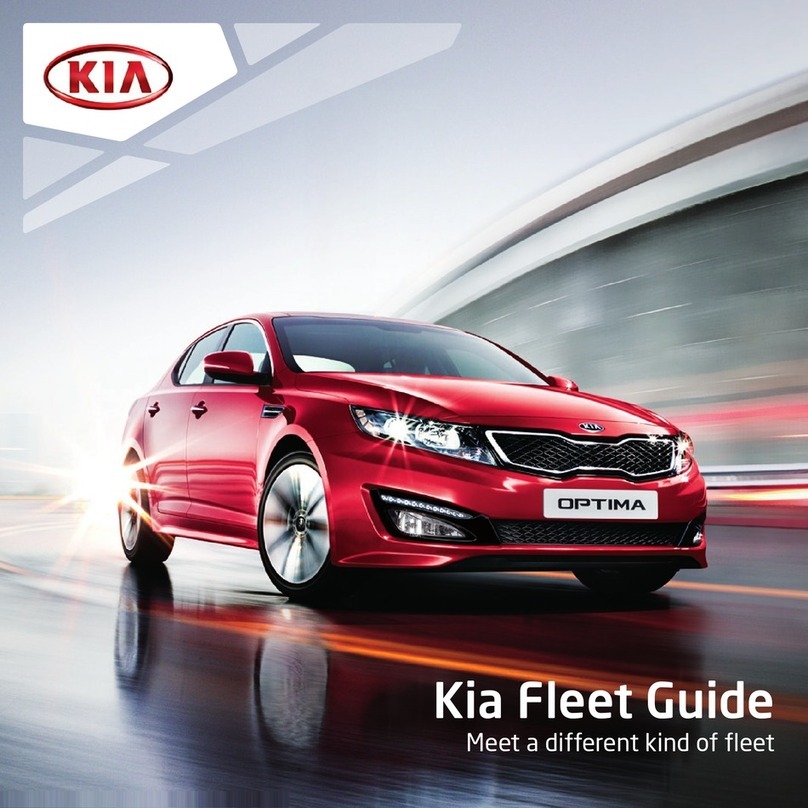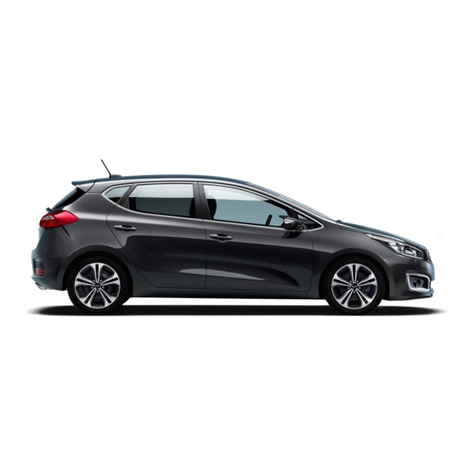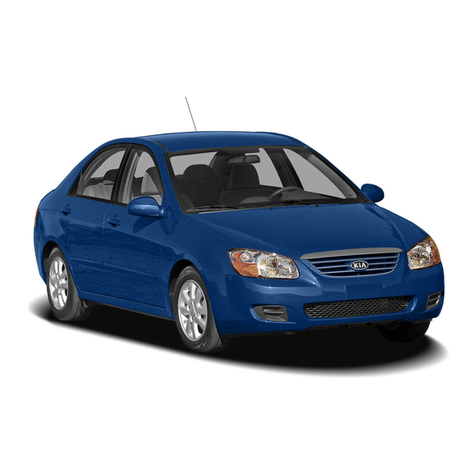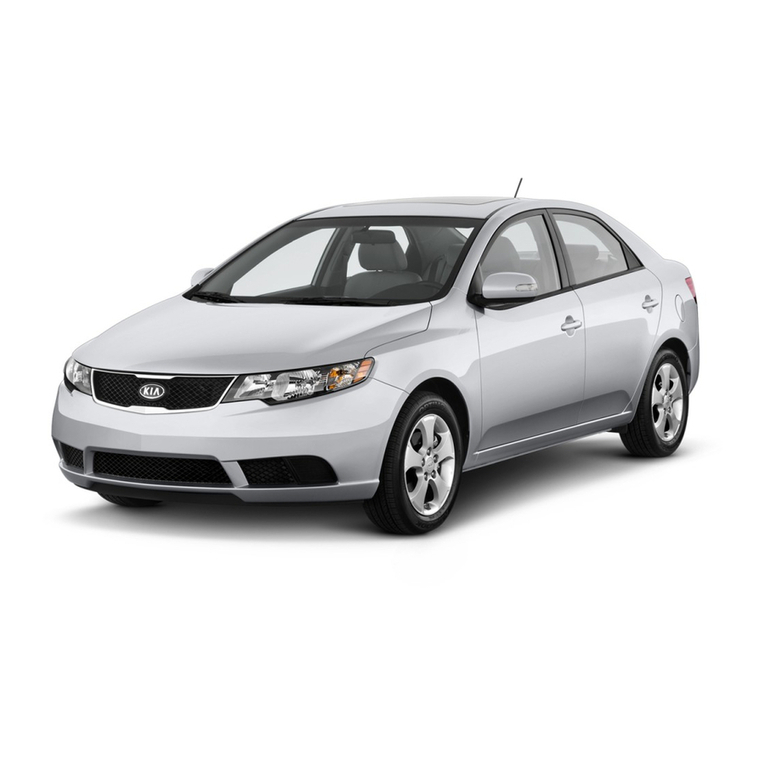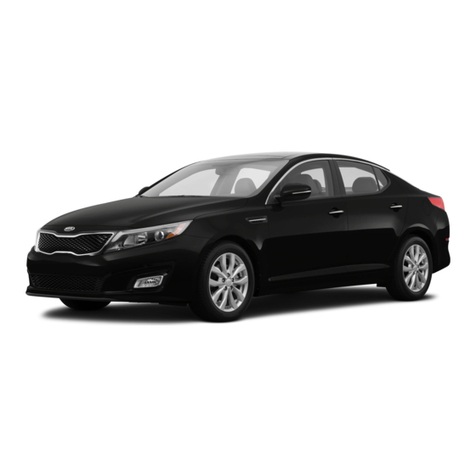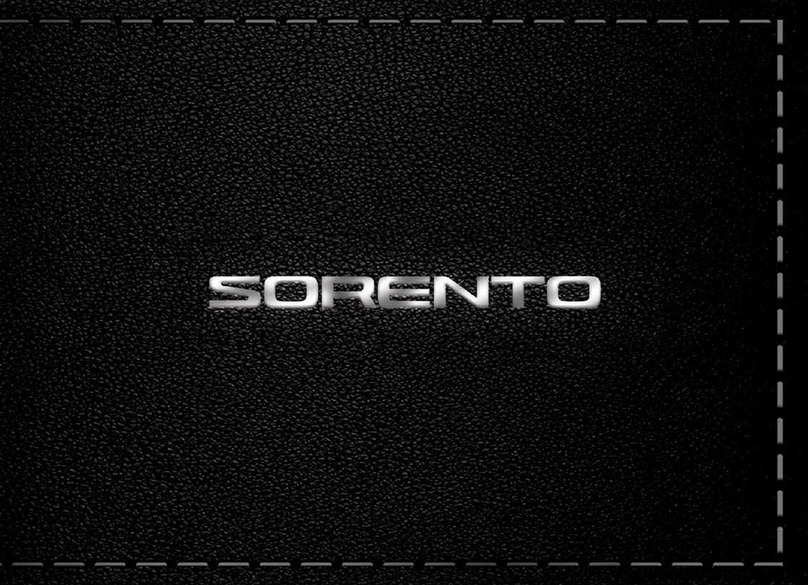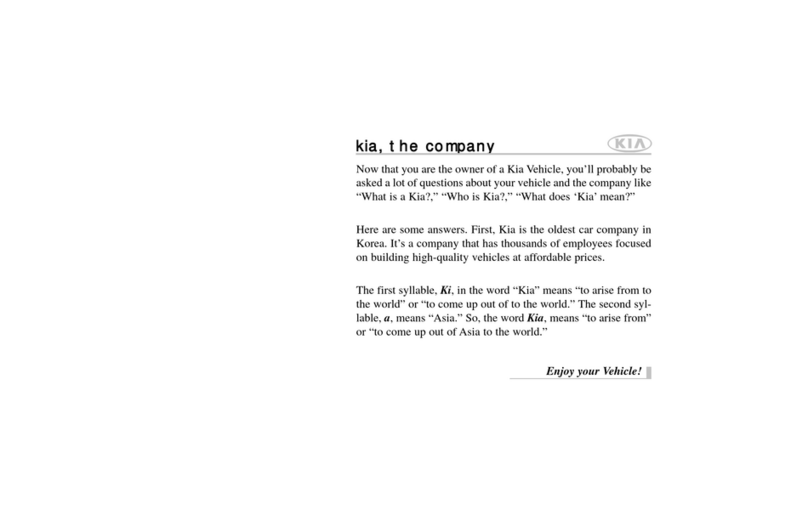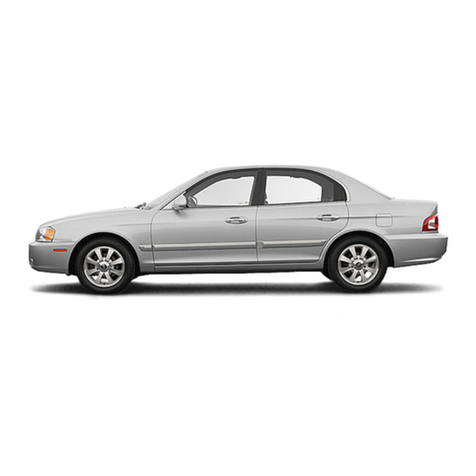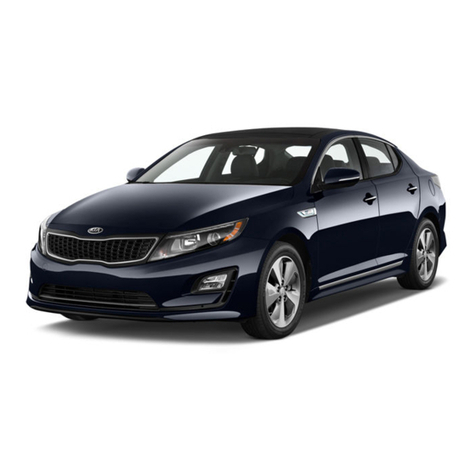
3
1
1
Introduction Fuel requirements
Your New Vehicle Limited Warranty
does not cover damage to the fuel sys
-
tem or any performance problems
caused by the use of "E85" fuel.
Never use any fuel containing methanol.
Discontinue use of any methanol con
-
taining products which may inhibit
proper drivability.
Other fuels
Using fuels that contain Silicone (Si),
MMT (Methylcyclopentadienyl Manga
-
nese Tricarbonyl), Manganese (Mn) con
-
tained fuel, and other metallic additives,
may cause vehicle and engine damage
or cause misfiring, poor acceleration,
engine stalling, catalyst melting, clog
-
ging, abnormal corrosion, life cycle
reduction, etc.
Also, the Malfunction Indicator Lamp
(MIL) may appear.
Damage to the fuel system or perfor
-
mance problems caused by the use of
these other fuels may not be covered by
your New Vehicle Limited Warranty.
Gasoline containing MMT
Some gasoline contains harmful manga
-
nese- based fuel additives Such as MMT
(Methylcyclopentadienyl Manganese Tri
-
carbonyl). Kia does not recommend the
use of gasoline containing MMT. This
type of fuel can reduce vehicle perfor
-
mance and affect your emission control
system. The Malfunction Indicator Lamp
(MIL) on the cluster may come on.
Do not use methanol
Fuels containing methanol (wood alco
-
hol) should not be used in your vehicle.
This type of fuel can reduce vehicle per
-
formance and damage components of
the fuel system, engine control system
and emission control system.
Fuel Additives
Kia recommends that you use good
quality gasolines treated with detergent
additives such as TOP TIER Detergent
Gasoline, which help prevent deposit
formation in the engine. These gasolines
will help the engine run cleaner and
enhance performance of the emission
control system.
For more information on TOP TIER
Detergent Gasoline, please go to the
website (www.toptiergas.com) For cus
-
tomers who do not use TOP TIER Deter
-
gent Gasoline regularly, and have
problems starting or the engine does not
run smoothly, additives that you can buy
separately may be added to the gaso
-
line.
If TOP TIER Detergent Gasoline is not
available, one bottle of additive should
be added to the fuel tank at every 8,000
miles (13,000 km) or every engine oil
change is recommended. Additives are
available from your authorized Kia
dealer along with information on how to
use them. Do not mix other additives.
